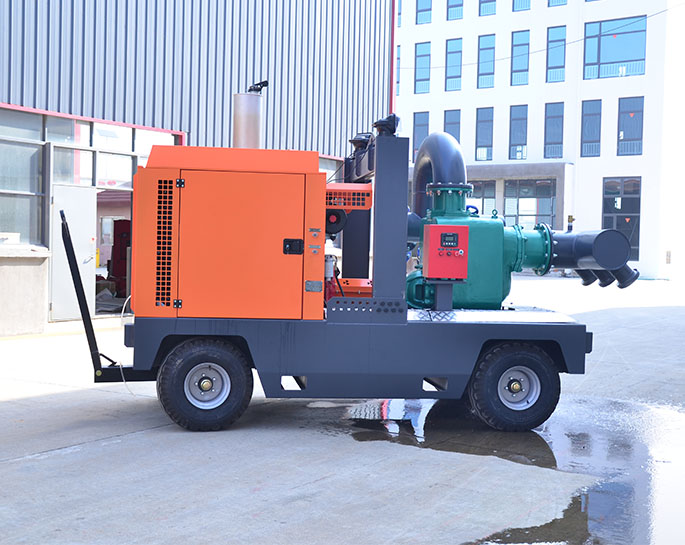Installation method of Mobile pumps
Installing mobile pumps involves several steps to ensure that the pump functions correctly and efficiently. Mobile pumps are typically used for various applications, including agriculture, construction, and emergency response. Here's a general overview of the installation process:
-
Site Preparation:
- Choose a suitable location for the mobile pump, ensuring it is level and stable.
- Clear the area of any obstacles, debris, or potential hazards.
- Ensure there's adequate space for the pump and its associated equipment.
-
Safety Precautions:
- Review safety guidelines and ensure that all personnel involved are aware of safety protocols.
- Ensure proper ventilation and fire safety measures, especially if the pump is powered by a combustion engine.
-
Inspect the Mobile Pump:
- Examine the pump and its components for any signs of damage or wear.
- Verify that all necessary parts and accessories are included.
-
Fuel and Fluids:
- Fill the fuel tank with the appropriate fuel if the pump is powered by an engine.
- Check the pump's oil level and fill it with the recommended oil if necessary.
- Ensure that the pump's water or fluid source is connected and ready.
-
Power Source:
- If the mobile pump is electric, connect it to a suitable power source (e.g., generator or electrical outlet).
- If it's gas or diesel-powered, ensure the engine is started and running smoothly.
-
Fluid Connection:
- Connect the inlet and outlet hoses to the pump, ensuring secure connections and proper seals.
- Ensure that the hoses are free from kinks or obstructions.
-
Prime the Pump:
- For water pumps, prime the pump to remove air from the system. Follow the manufacturer's instructions for this process.
- Ensure the suction hose is fully immersed in the fluid source.
-
Start the Pump:
- Turn on the pump according to the manufacturer's instructions.
- Monitor the pump's performance, checking for any unusual noises or vibrations.
-
Adjustment and Calibration:
- Adjust the pump's settings and controls to achieve the desired flow rate and pressure.
- Calibrate any associated monitoring instruments if applicable.
-
Regular Maintenance:
- Establish a maintenance schedule to keep the mobile pump in good working condition.
- This may include changing fluids, cleaning filters, and inspecting for wear and tear.
-
Shutdown and Storage:
- When finished, shut down the pump following the manufacturer's guidelines.
- Properly store hoses, nozzles, and any other accessories.
- Ensure the pump is protected from the elements and secure for transportation if necessary.
Always refer to the manufacturer's instructions and guidelines specific to your mobile pump model. Proper installation and regular maintenance are essential to ensuring the pump's longevity and efficient operation. Additionally, adhering to safety protocols is crucial to prevent accidents and injuries during installation and operation.







